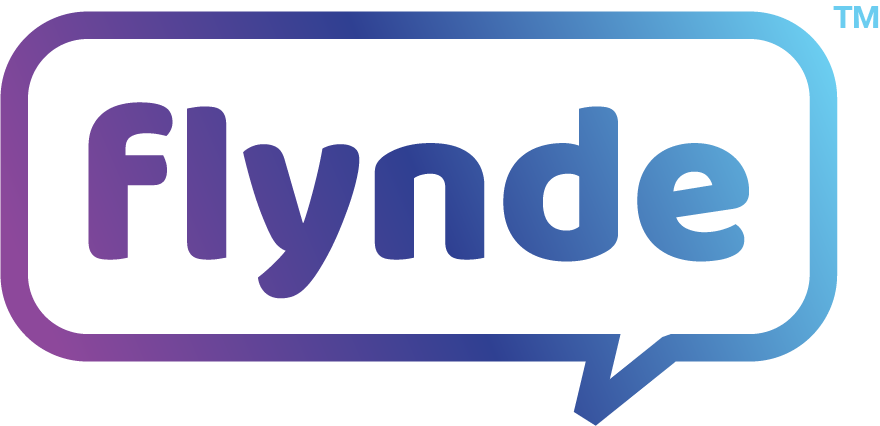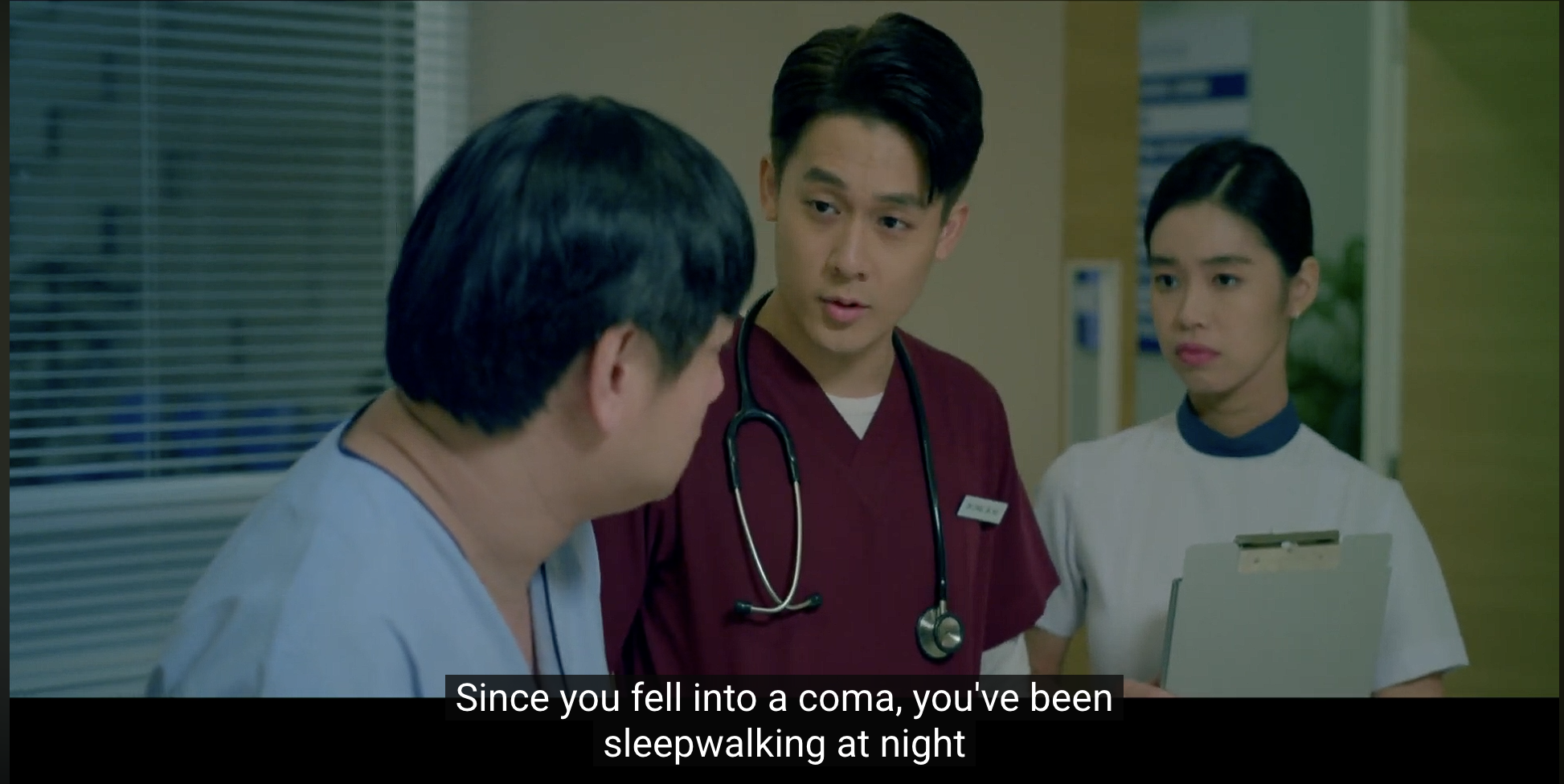Subtitling Magic: What Really Happens Behind Your Favorite Global Shows
You may have found yourselves captivated by a Spanish thriller or invested in a Korean drama, completely forgetting you're reading subtitles. Indeed, not only are you enchanted by the movie but also by the seamless subtitles and dubbing. That experience isn't magic. It's the result of a complex, successful localization process.
From raw text to polished subtitles
Using the right software when managing subtitling projects is often the first technical step. Platforms like Subtitle Edit or numerous other online options allow linguists to precisely time cues and manage character limits, enabling an .srt file to be made available to the end client. However, some clients may have their own proprietary subtitling software, so maintaining flexibility is key. For instance, in some of Flynde’s projects, we’ve had to navigate the use of proprietary software like SWIFT, which introduces an additional learning curve on top of the translation itself, requiring our teams to master a new interface before a single line can be expertly adapted.
Once that hurdle has been cleared, the actual translation process can begin.
The human touch in an AI World
With the rise of AI, many have explored blending such technology with subtitling. While it is possible to edit raw footage with AI-generated subtitles — especially if the editing team is unfamiliar with the spoken language — this can be dangerous with unverified translations. However, the human element would still be required for the final edited version, depending on factors such as audio quality and the language spoken by the characters.
The true chaos of translating reality
Translating a polished, scripted film is one thing. But translating reality TV requires linguists with both highly trained language and listening skills.
Transcribing a chaotic family dinner accurately, with people talking over each other and using local slang and different dialects, presents multiple issues that even AI cannot resolve.
In this series of Mr. Zhou’s Ghost Stories, the linguists and reviewing team at Flynde needed a good grasp of Singapore Mandarin and Singlish (English with a mix of local Chinese dialects, Malay, and Tamil) while presenting the translated subtitles into standard English or Chinese. The translation team also acted as narrative detectives, navigating the reality of decoding overlapping dialogue to prioritize key story points, clarifying muffled audio through context, and cutting the clutter of natural speech by removing filler words and repetitions to create clean, readable subtitles that preserve the speaker's authentic voice.
To produce subtitles for Mr. Zhou’s Ghost Stories, the linguists and reviewing team at Flynde needed a good grasp of Singapore Mandarin and Singlish.
Furthermore, what’s said isn't always what's meant, as many of our linguists on the team have experienced. This is clear in reality TV, which is often strategically guided, and when actors go off-script. The subtitler must become a detective of intent, tweaking the dialogue to reflect sarcasm, inside jokes, or hidden meanings that a literal transcription would miss. The text must align with the character's true objective, not just the words they uttered.
The review process
After the translation work is completed, the review process is equally important, as it ensures that the subtitles eventually make the final cut.
First comes "spotting," the technical art of timing each subtitle to appear and disappear at the precise moment the dialogue is spoken. It’s a frame-perfect dance between text and audio. The subtitled content is also run through a list to meet diverse censorship requirements. A joke acceptable in one territory might be offensive in another. Corporate standards also dictate what content is permissible. Localizers must carefully edit or rephrase dialogue to comply with broadcast laws and international platform guidelines without distorting the narrative's core meaning.
The review process ensures that the subtitles eventually make the final cut.
While some parts of this process could use technical assistance, such as running a script through spell and grammar checks, the human element still needs to be in place and take responsibility at every step. This blend of human expertise and technology ensures the final product is (almost) flawless, allowing you to immerse yourself in the story without a second thought.
So, the next time you're captivated by a show from another culture, take a moment to appreciate the invisible artists behind the scenes. They are the linguists, editors, and technicians who masterfully bridge worlds, one subtitle at a time.
About the Author
Bert Nguyen is a Copywriter with Flynde, a global company specializing in translation solutions for businesses of all sizes.
Discover the best-in-class translation solutions for your business. Trusted & certified for all languages with locations in Australia, Singapore, Switzerland & the USA. Flynde takes human translation strategies and uses advanced technologies to deliver them to our customers across our three business lines: Flynde for startups, Flynde for small businesses, and Flynde for corporations.
For more information, contact us at hello@flynde.com




